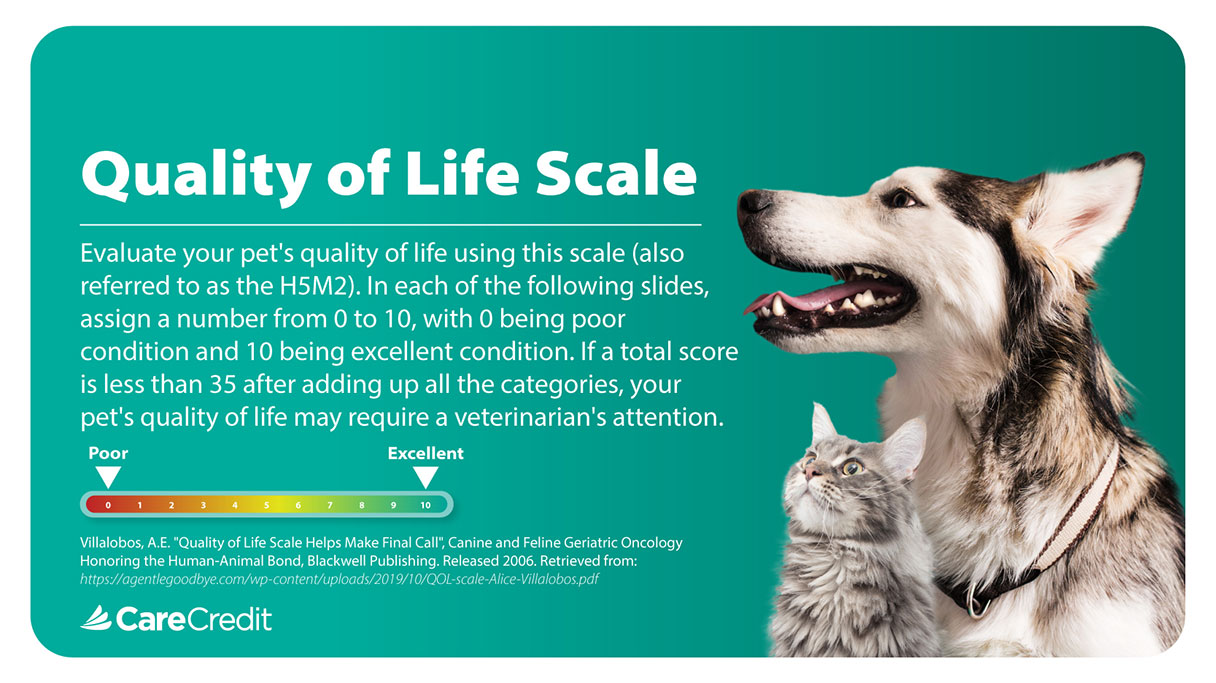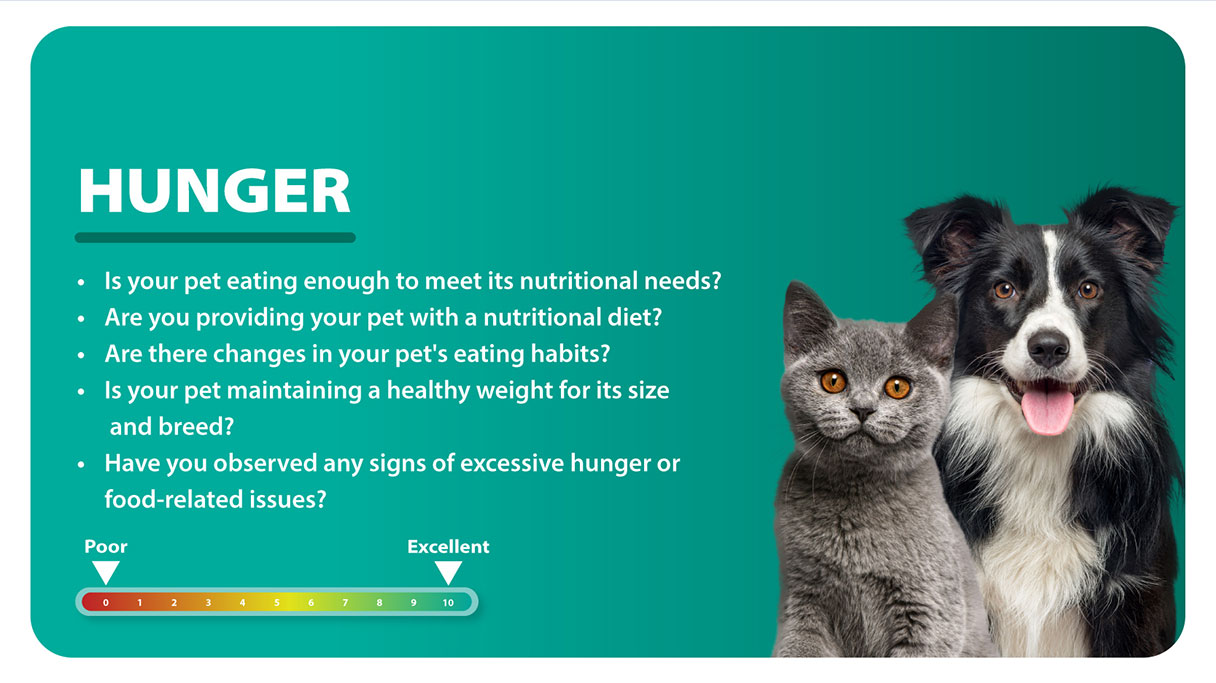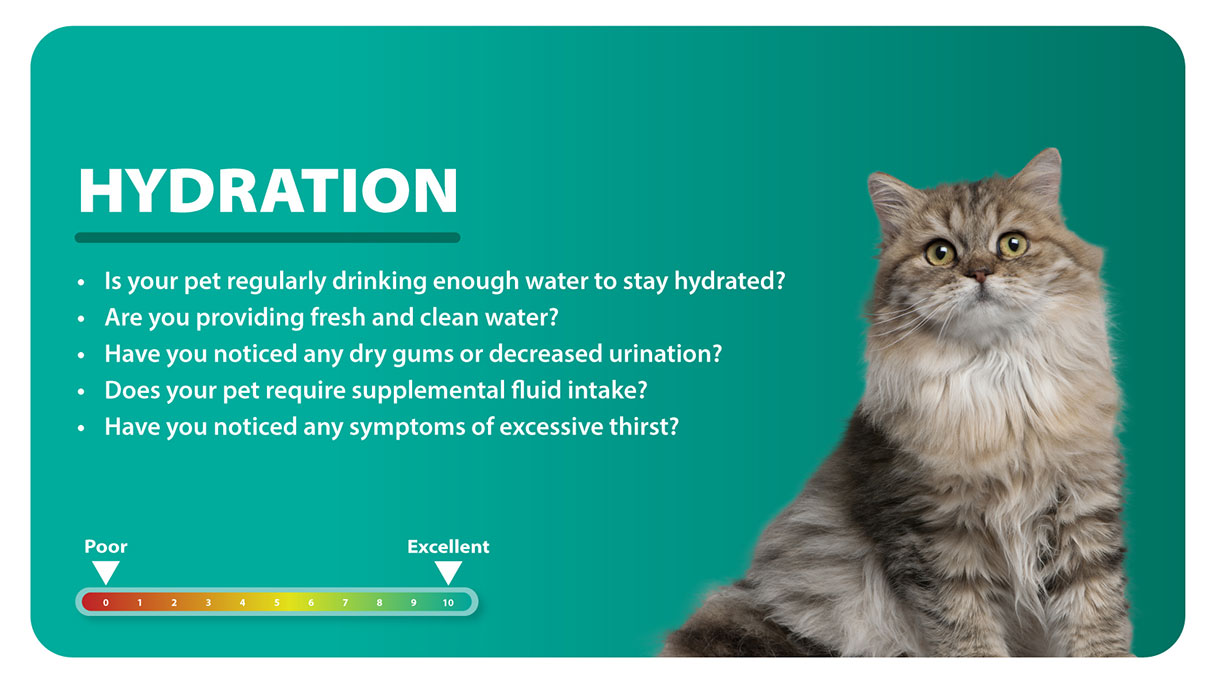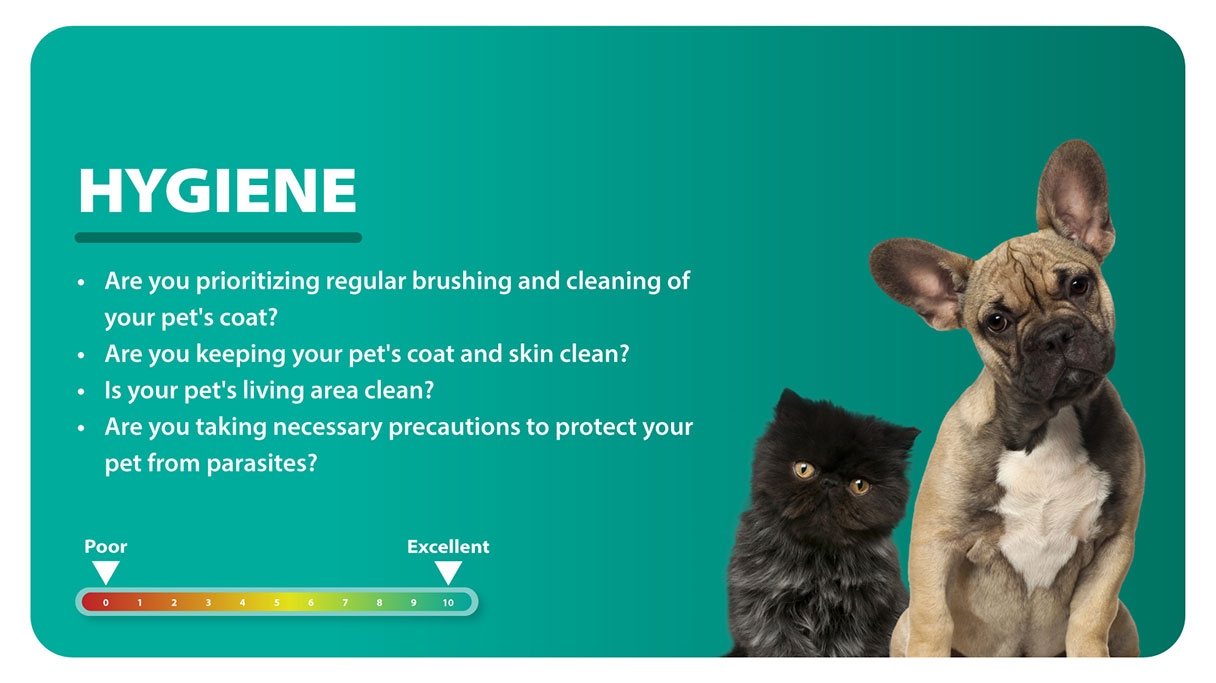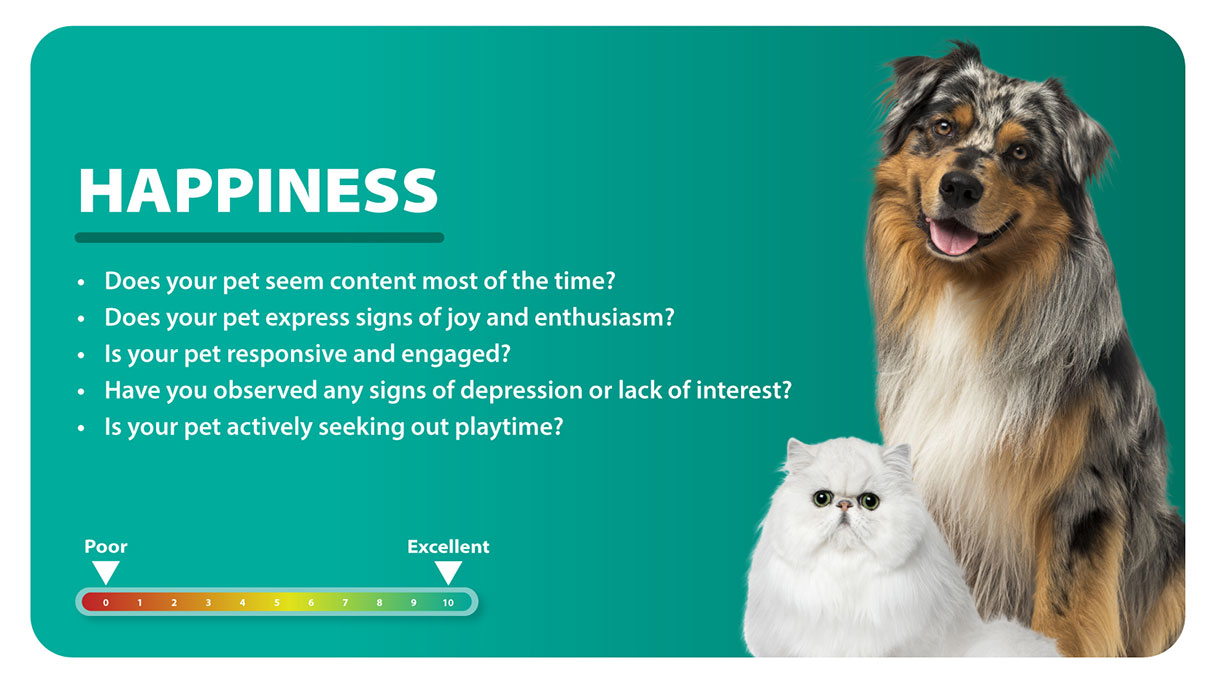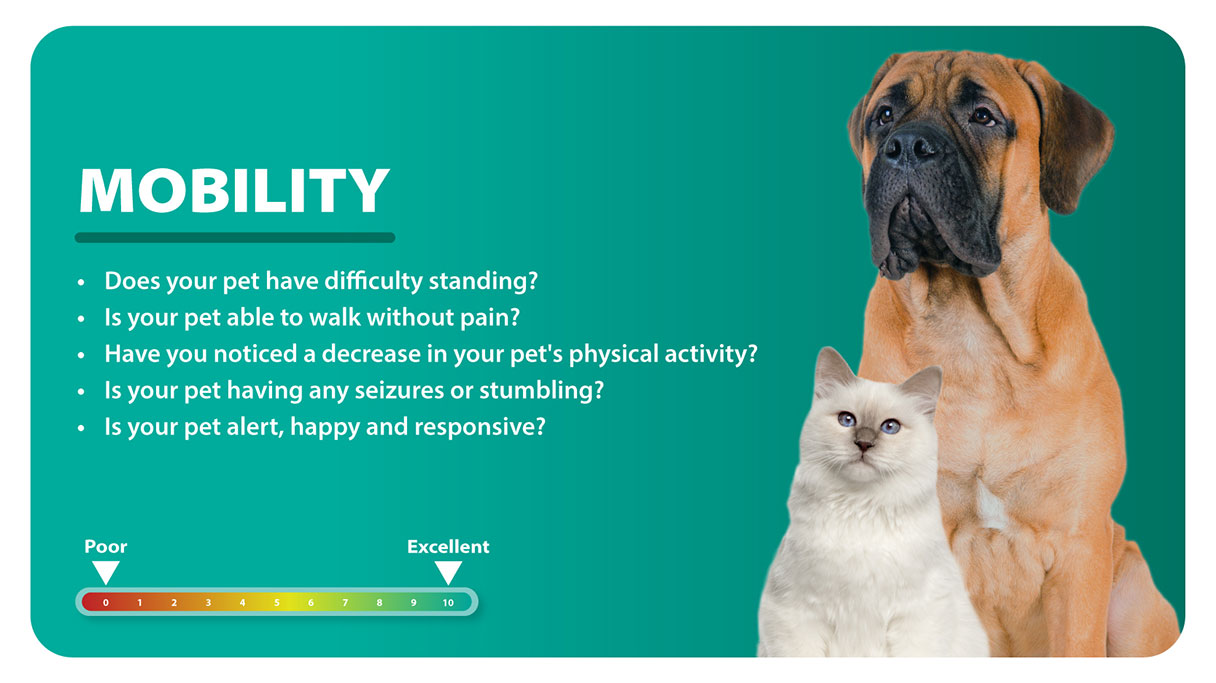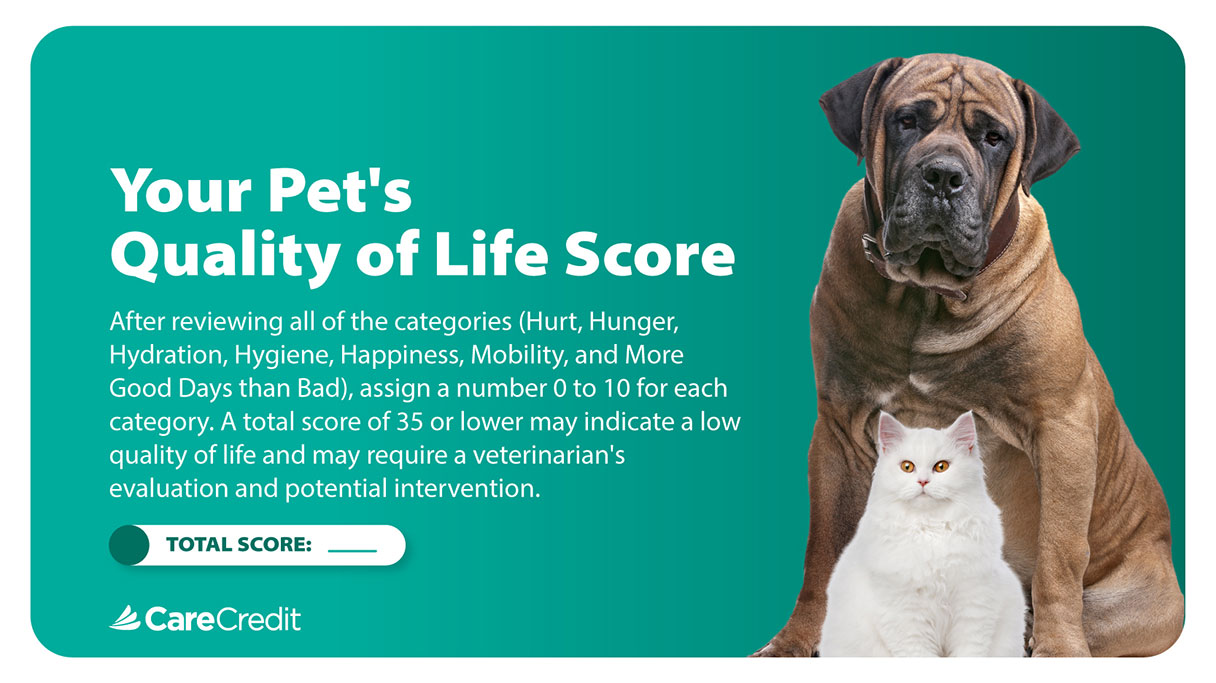Congestive heart failure (CHF) isn't a specific disease itself but is a condition that is part of a group of abnormalities of the cardiovascular system known as heart disease. CHF occurs when your dog's heart is unable to pump an adequate amount of blood throughout the body and can affect just one side or both sides of the heart. There are four stages of progression of CHF, with the last being your dog stops responding to medications and treatments.
Understanding Congestive Heart Failure in Dogs
Just like in humans, dogs' hearts also have four chambers and four heart valves. Valves are flaps of skin that keep blood flowing in the right direction, located between the four chambers: the left and right atria and the left and right ventricles. When your dog's heart is working properly, the right ventricle pushes blood through the lungs to pick up oxygen, then the left ventricle pushes the oxygenated blood into the circulatory system to move throughout the body.
When a valve isn't working properly or leaks, the blood doesn't flow into the next chamber and goes back into the previous chamber. Congestive heart failure can occur on the right side or the left side of the heart, but about 80% of CHF cases are caused by mitral valve insufficiency (MVI). MVI is when the valve between the left atrium and the left ventricle leaks, which means oxygenated blood isn't getting circulated and instead starts to accumulate in the lungs.
Signs of Congestive Heart Failure in Dogs
Congestive heart failure can mimic other aging illnesses, so early detection is key. Symptoms can vary depending on if it is left-sided failure or right-sided failure.
Left-sided congestive heart failure symptoms
Left-sided failure is typically more common and includes the following symptoms:
- Increased fatigue and decreased energy levels
- Loss of appetite and weight loss
- Persistent, moist cough, even when your dog is resting
- Shallow respiratory rate and labored breathing
Right-sided congestive heart failure symptoms
Signs of right-sided CHF include:
- Fatigue
- Coughing
- Swollen abdomen and possible swelling of limbs (associated with a heart murmur)
Late-stage congestive heart failure symptoms
Here are the advanced signs of CHF in dogs:
- Extreme lethargy
- Weakness that leads to fainting or collapsing
- Pale or blue gums
- Decreased interest in activities
- Anxiety or restlessness
Stages of Congestive Heart Failure in Dogs
Congestive heart failure is progressive and moves through the following stages:
- Stage A: Your dog is at risk due to age and/or breed but isn't showing any clinical signs of the condition.
- Stage B: Your veterinarian identifies that your dog has a heart murmur, but your dog may still not be showing any symptoms.
- Stage B2: Your dog has a heart murmur and no clinical signs, but an X-ray, ultrasound or echocardiogram shows structural changes to your dog's heart.
- Stage C: Your dog is showing signs of heart disease and is responding to treatment or medications.
- Stage D: Also known as “end stage," your dog exhibits severe symptoms and is no longer responding to treatment.
Once diagnosed with congestive heart failure, dogs can live anywhere from six months to two years. Your dog's life expectancy depends on their age, the severity of their condition, how responsive your dog is to medication and any other underlying medical conditions.
Common Causes of Congestive Heart Failure in Dogs
Heart disease can develop over time due to age, diet, illness and/or infection, which can then lead to congestive heart failure. Other factors that can lead to CHF include:
- Defects in the walls of the heart
- Congenital cardiac defects
- Arrhythmias
- Narrowing of major blood vessels
- Heartworms
- Accumulation of fluid in the pericardium around the heart
- Endocarditis (inflammation of the inside lining of the heart chambers and heart valves)
- Cancer
Dog Breeds at Risk of Congestive Heart Failure
The condition can also be congenital, which means certain breeds are at a higher risk of getting heart disease than others, such as:
- Cavalier King Charles spaniels
- Dachshunds
- Miniature and toy poodles
- Doberman pinschers
- Boxers
- Golden retrievers
- Miniature schnauzers
Diagnosing Congestive Heart Failure
To diagnose congestive heart failure, your veterinarian will likely run several tests:
- Full exam, including listening to the heart with a stethoscope for a heart murmur and checking the lungs for fluid buildup
- Chest X-rays to help your vet see fluid and look for structural abnormalities of the heart
- Blood and urine tests to check the kidneys and liver (the organs often affected in dogs with heart disease)
- ECG to check heart rate and rhythm
- Ultrasound (echocardiogram) to evaluate the size and thickness of the heart chambers
There are several medications available for dogs with heart disease, and your vet will determine the treatment plan after running diagnostic tests. Your vet can also give guidance on how much exercise your dog should have or if your dog needs a low-sodium diet. Once diagnosed, it's important to take your dog to regular checkups so your vet can evaluate the progression of CHF and adjust medications or the treatment plan if necessary.
End-of-Life Care for Dogs with Congestive Heart Failure
When your dog starts to show some of the more severe symptoms and/or stops responding to treatment, your dog won't likely have much time left. Help your dog stay as comfortable as possible by:
- Keeping their food and water bowls nearby so they don't have to move around as much
- Providing pain medications as prescribed by your vet
- Adding another cushion to their bedding to make it extra soft
- Helping your pet stand up and go outside when needed
- Ensuring your dog has a safe, clean and calm place to rest
- Being patient and gentle with your dog, especially if they are confused or anxious
Even when your dog has an illness, it can be difficult to know when it is time to let them go. There's a reason euthanasia is often called “the final act of love" you can give to your pet — at a certain point, it's the most compassionate option and relieves your beloved pet of their pain and suffering.
Many veterinarians use the HHHHHMM Scale (H5M2 Scale) to determine a dog's quality of life and help inform an end-of-life decision. HHHHHMM stands for hurt, hunger, hydration, hygiene, happiness, mobility and "more good days than bad days." You'll be asked to rate each of these points on a scale of 1 to 10, and a score below 35 means it might be time to make the humane decision to euthanize your pet.
Some vets will come to your home or you may prefer to take your dog to the vet for the euthanasia procedure. The vet will sedate your dog before injecting the medication that will stop their heart — the entire process is peaceful and painless for your dog.
You may feel sadness, grief, anger and/or overwhelm after losing your pet, but you don't have to deal with these feelings alone. Talk with friends and family members, reach out to the Pet Loss Support Hotline at the Tufts Cummings School of Veterinary Medicine or explore the pet loss support resources at Lap of Love.
Here are a few other things that may help you process the pain of your pet's death:
- Create a photo album with pictures of your dog.
- Write down your favorite memories.
- Make a physical memorial for your dog.
Financing Pet Treatments With the CareCredit Credit Card
Your dog is your best friend, and you want to make sure they get the very best. That's why the CareCredit credit card is here to help you manage the costs of diagnostics and treatment for conditions like congestive heart failure.* Use our Acceptance Locator to find a veterinarian near you that accepts CareCredit. CareCredit is there for you and your pet every step of the way; continue your wellness journey by downloading the CareCredit Mobile App to manage your account, find a provider on the go and easily access the Well U blog for more great articles, podcasts and videos.
In addition to pet care, you can also use your CareCredit credit card for dentistry, cosmetic, vision, hearing, health systems, dermatology, pharmacy purchases, spa treatments and so much more within the CareCredit network. How will you invest in your health and wellness next?
Expert Reviewer
Dr. Kathy Wentworth, V.M.D.
Dr. Kathy Wentworth was the Medical Director of the VCA PetPoint Medical Center and Resort, located in Irvine, California. She is a graduate of the University of Pennsylvania's School of Veterinary Medicine and became board-certified as a Diplomate in Canine and Feline Practice by the American Board of Veterinary Practitioners in 2010.
Featured Video Care Expert
Dr. Jeff Werber, D.V.M.
Dr. Jeff Werber has been a practicing veterinarian for 39 years and sees his patients at Value Vet in Westwood, California. In September of 1997, Werber became the pet expert for CBS News in Los Angeles, where he was awarded an Emmy for his pet health reporting. He is currently a frequent contributor to CNN, E! Entertainment, KCBS/KCAL-Los Angeles, KTLA and Inside Edition.
Author Bio
Abbie Mood is a freelance writer with more than 10 years of experience. She has worked with clients of all sizes to create compelling content and has written for the American Kennel Club, Marriott Bonvoy, Women's Health Online, Headspace and more.







